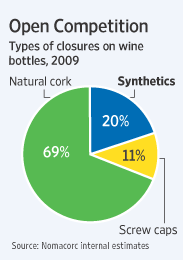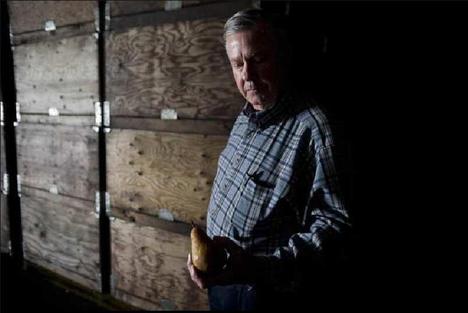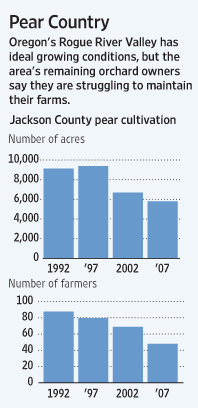Angus Maddison. Source of photo: http://www.ggdc.net/maddison/
I neither met Angus Maddison, nor ever heard him speak, but I have often seen his work praised by those whom I respect.
One example is the praise given to Maddison by Brad DeLong in his wonderful “Cornucopia” essay that documents the benefits from the process of creative destruction.
(p. B10) Professor Maddison, a British-born economic historian with a compulsion for quantification, spent many of his 83 years calculating the size of economies over the last three millenniums. In one study he estimated the size of the world economy in A.D. 1 as about one five-hundredth of what it was in 2008.
He died on April 24 at a hospital in Paris after a long illness, his daughter, Elizabeth Maddison, said.
. . .
In his research, he tried to reconstruct thousands of years’ worth of economic data, most notably in his 2007 book “Contours of the World Economy 1-2030 A.D..” He argued that per capita income around the globe had remained largely stagnant from about 1000 to 1820, after which the world became exponentially richer and life expectancies surged.
. . .
In his archaeological excavation of the economies of other eras, he was “trying to explain why some countries achieved faster growth or higher income levels than others,” he wrote in an autobiographical essay, “Confessions of a Chiffrephile” published in 1994. He wanted to know what some countries did right and what others did wrong, and to figure out how growth influenced culture, and was influenced by it.
Professor Maddison often referred to himself as a “chiffrephile,” or lover of numbers, a term he invented to characterize economists and economic historians like himself who were prone to quantifying the world.
While macroeconomic research in the last few decades was dominated by elegant mathematical models and technical wizardry, his focus on meat-and-potatoes data and cross-country historical comparisons has come back into vogue in recent years, especially in the wake of the financial crisis.
For the full obituary, see:
CATHERINE RAMPELL. “Angus Maddison, 83, Who Quantified Ancient Economies.” The New York Times (Mon., May 3, 2010): B10.
(Note: ellipses added.)
(Note: the online version of the obituary is dated April 30, 2010 and has the title “Angus Maddison, Economic Historian, Dies at 83.”)
The Maddison book mentioned in the obituary is:
Maddison, Angus. Contours of the World Economy, 1-2030 AD: Essays in Macro-Economic History. Oxford and New York: Oxford University Press, 2007.










